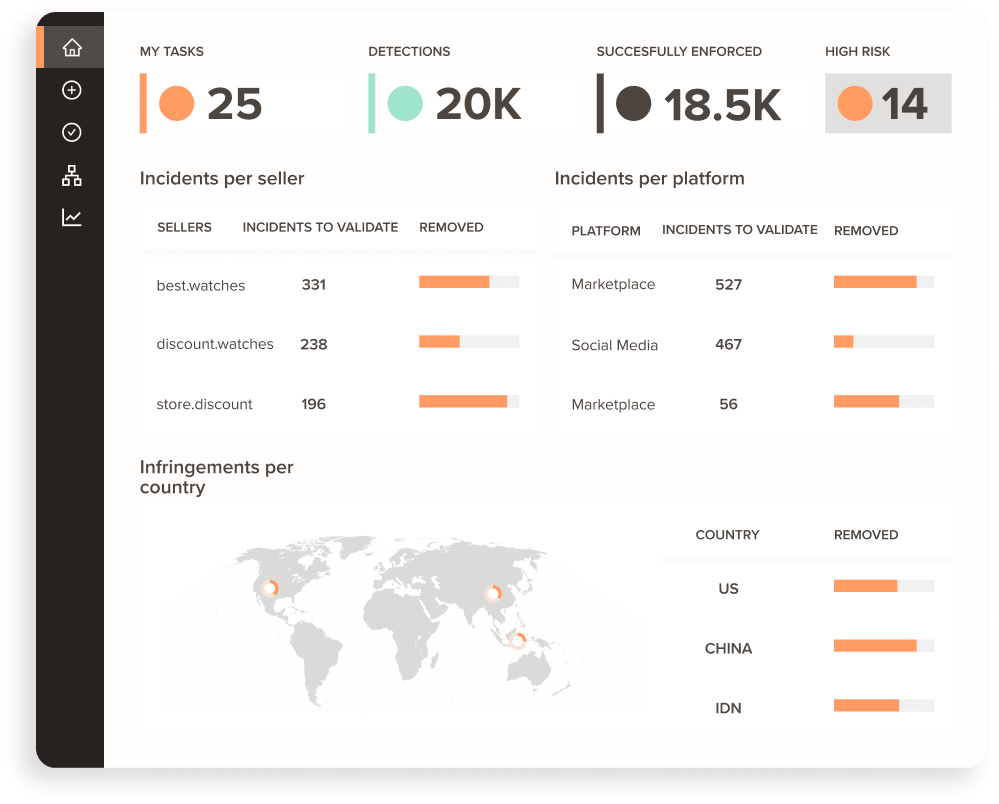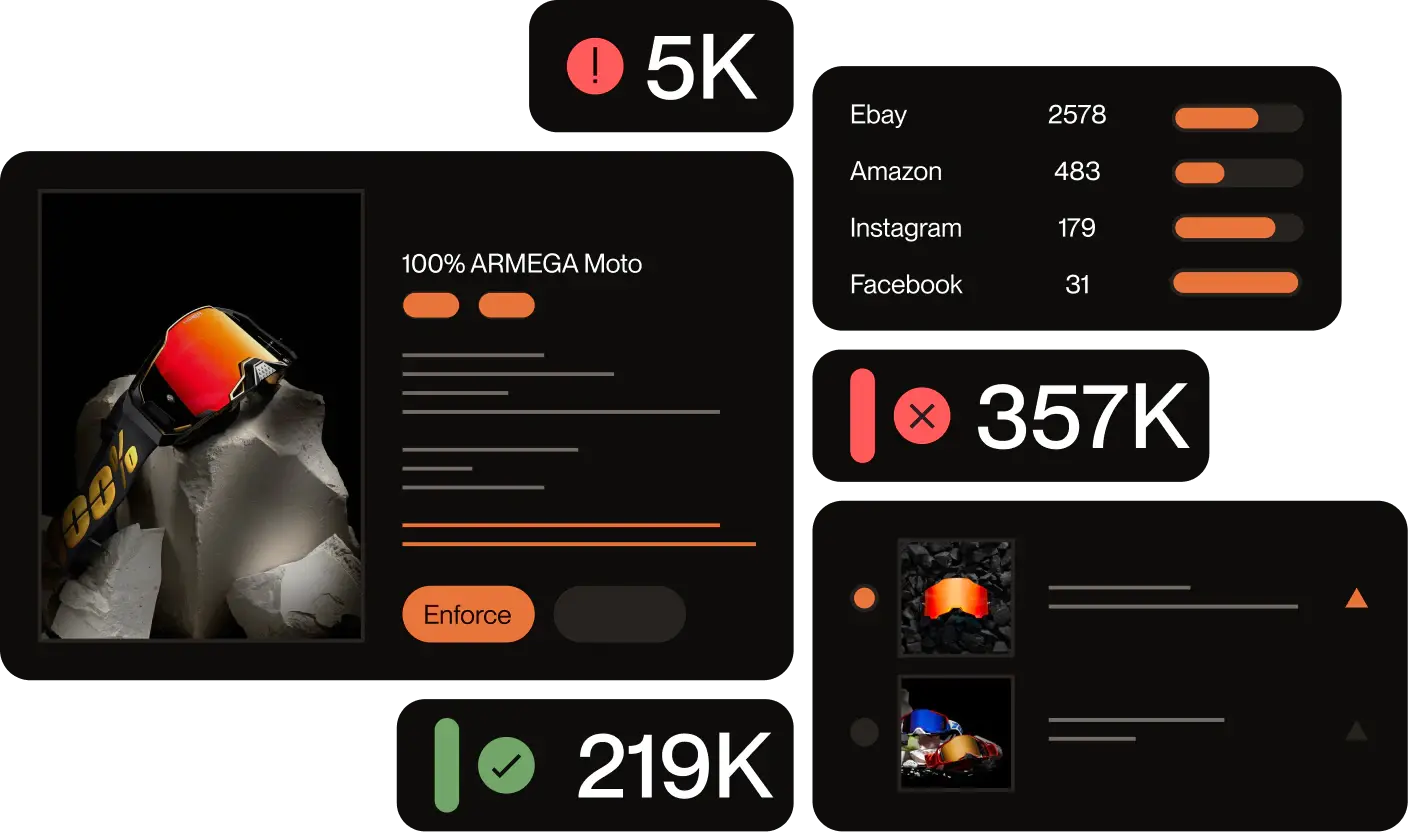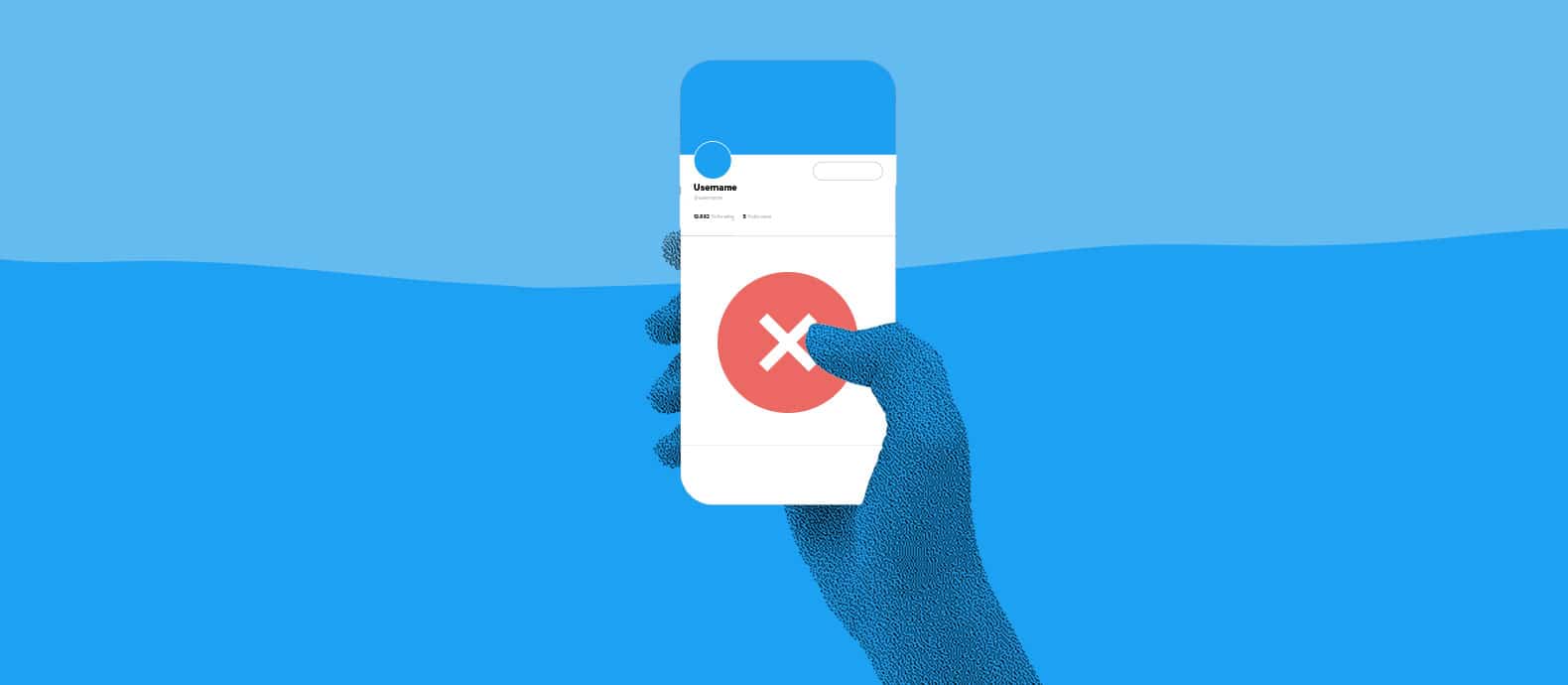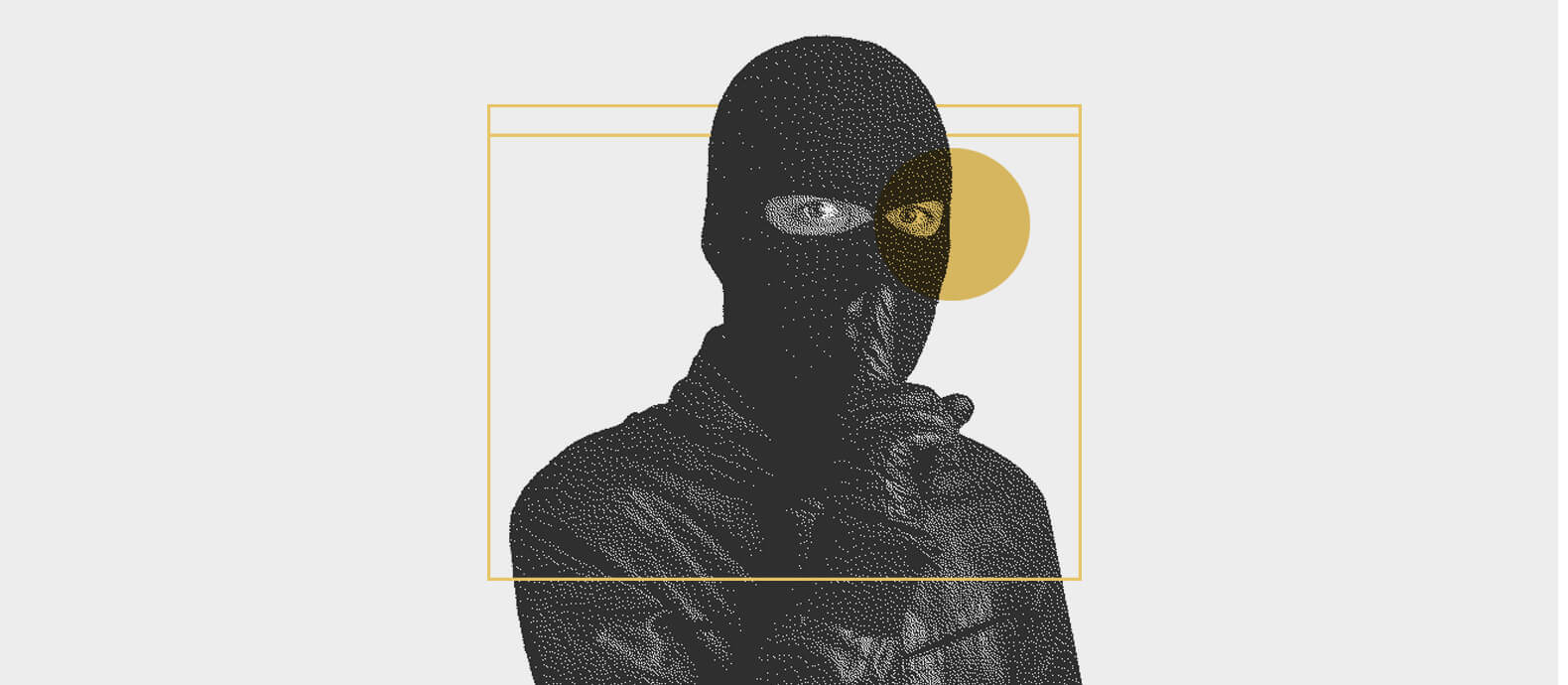Twitter (now X) is a great way for your brand to engage with customers and build your social proof, but it comes at a cost. Infringements are common on Twitter and put you at great risk of losing revenue and loyal customers. If your brand uses Twitter, you will need to keep a lookout for infringements and prepare your Intellectual Property (IP) enforcement methods to take down stolen content.
This guide will help you protect your brand on Twitter and equip you with methods to enforce your IP on the platform and take back your content.
Summary:
- Safeguard your business identity on Twitter
- Protect your revenue and brand reputation on Twitter
- Additional methods to protect your brand on Twitter
Steps to protect your brand identity on Twitter
With 1.6 million reports of infringements in the first half of 2020, infringement is a problem on Twitter that won’t be going away soon. There’s no surprise why: infringing on copyright content on Twitter is easy and difficult for the platform to detect. An account can easily impersonate a brand on Twitter by stealing their photos, using a similar brand name, and copying their content.
So, how can you stop spoof accounts from benefiting from your stolen content and spoofing your brand? Follow these methods to protect your brand identity on Twitter:
Report Impersonation on Twitter
Twitter prohibits impersonation on the platform and will assist you in removing it if you can prove your content has been stolen and copied. You can report a Twitter account for impersonation through this link.
Keep your login information confidential
Ensure your Twitter password, and login information for any other platforms, are secure and private within your workplace. Anyone with access to the information should store passwords where they won’t be accessible to outside users. Employees should also be trained on common phishing tactics, and how to prevent passwords from being stolen.
Monitor brand mentions, hashtags, and ads
Twitter accounts impersonating your brand will likely use your brand name, hashtags, and other stolen content to fool consumers. The best way to of brand protection on Twitter is to watch for infringements and take them down as fast as possible. Monitor for spoof accounts and infringements by frequently searching for similar usernames, hashtags you use often, and ads selling similar products.
Search for brand customer service impersonators
Along with impersonating your brand on Twitter, scammers can also fool your customers by pretending to be customer support for your brand. Search your brand name followed by “customer support” or “customer service” to ensure you aren’t being spoofed in this way.
How to protect your business IP on Twitter
Even if a scammer doesn’t impersonate your entire brand on Twitter, they can steal your business IP and use that to steal your revenue instead. Your trademark, logo, product photos, and more are all business IP you need to protect on Twitter. Here’s how:
Understand Twitter’s policy for intellectual property infringement
It’s a good idea to read through Twitter’s trademark policy. While the platform does prohibit any kind of copyright or trademark infringement, they have clear specifications on what qualifies as an infringement and what does not. It’s vital you understand the difference so you can accurately respond to real cases of infringement as quickly as possible.
Report infringements and send Cease and Desist letters when necessary
Enforce your IP by reporting infringement to Twitter (using the aforementioned link above), and sending a Cease and desist letter to the infringer. Doing both may speed up the process, which is vital to preventing as much revenue loss as possible.
How to protect your branded content on Twitter
Tweets are copyright-protected on Twitter, along with unique photos, graphics, and any other branded content. This content can easily be stolen and copied, so ensure you are taking steps to prevent this from happening. Here’s what you can do to protect your branded content:
Incorporate your logo in Twitter graphics and images
It’s easy to copy and repost photos and graphics on Twitter, but you can make it more difficult by branding your content. Include your brand logo on every graphic and image you post to Twitter so that it can’t be copied and passed off as another brand’s. This method of brand protection on Twitter may not stop infringement entirely, but it will slow scammers down and make it more difficult, which may discourage them from targeting your brand.
Use branded hashtags
Since scammers tend to use branded content like tweets and hashtags to fool consumers, use this to your advantage by using unique hashtags. Unique branded hashtags are easy to look at, and you can search these frequently to spot if other accounts are using your hashtags.
How to protect your brand reputation on Twitter
Infringements on Twitter can destroy your brand reputation if you let them spiral out of control. When your products are ripped off and sold as counterfeits, or your brand is impersonated by a fraudulent user, it makes your brand look bad. Here’s how you can protect your brand on Twitter:
Monitor for infringement
Once you’ve posted an image, tweet, or another form of branded content on Twitter, don’t just let it be and move on. Search the platform for similar tweets, use of your images, and more. This way, you can identify infringement before customers bring it to your attention.
Automate your IP enforcement
Monitoring for infringements across Twitter can be extremely time-consuming, so you may want to invest in brand protection software to automate the process. Red Points is one such service pioneering Revenue Recovery and helping businesses with brand protection on Twitter and take back their content through advanced infringement detection technology.
Red Points software automates your IP enforcement by keeping a constant monitor of Twitter for infringements and sending takedown notices as soon as they’re identified. This technology has helped thousands of brands protect their brand reputation and revenue on Twitter and across the web.
What’s next
Protecting your brand on Twitter and across all social media platforms is essential to the success of your business. You simply can’t afford to risk your brand reputation or revenue by letting infringements stay up on Twitter, but IP enforcement can be difficult.
Luckily, you don’t have to do it alone– learn more about how professional social media protection solutions like Red Points can keep your brand safe on social media.








